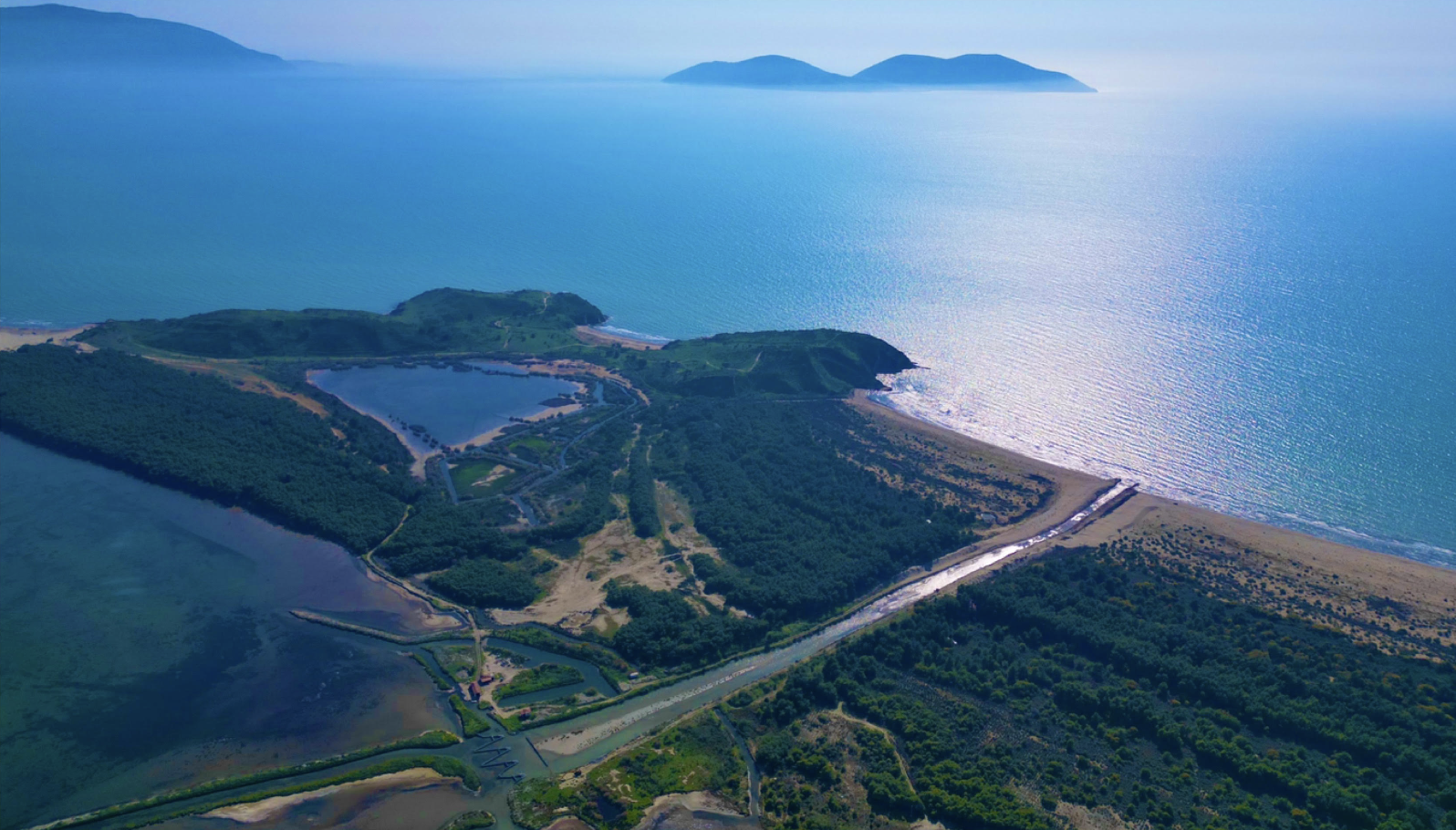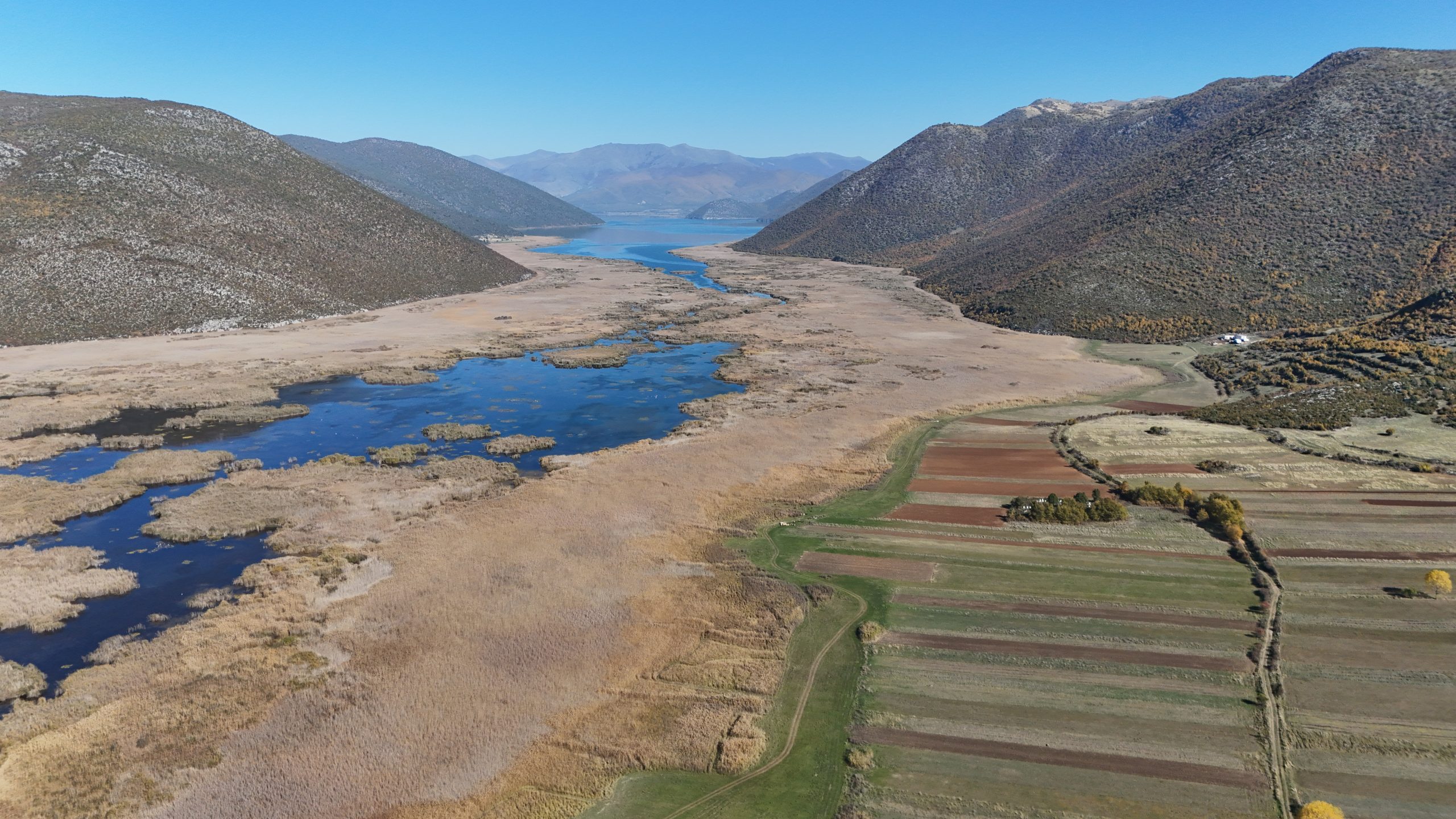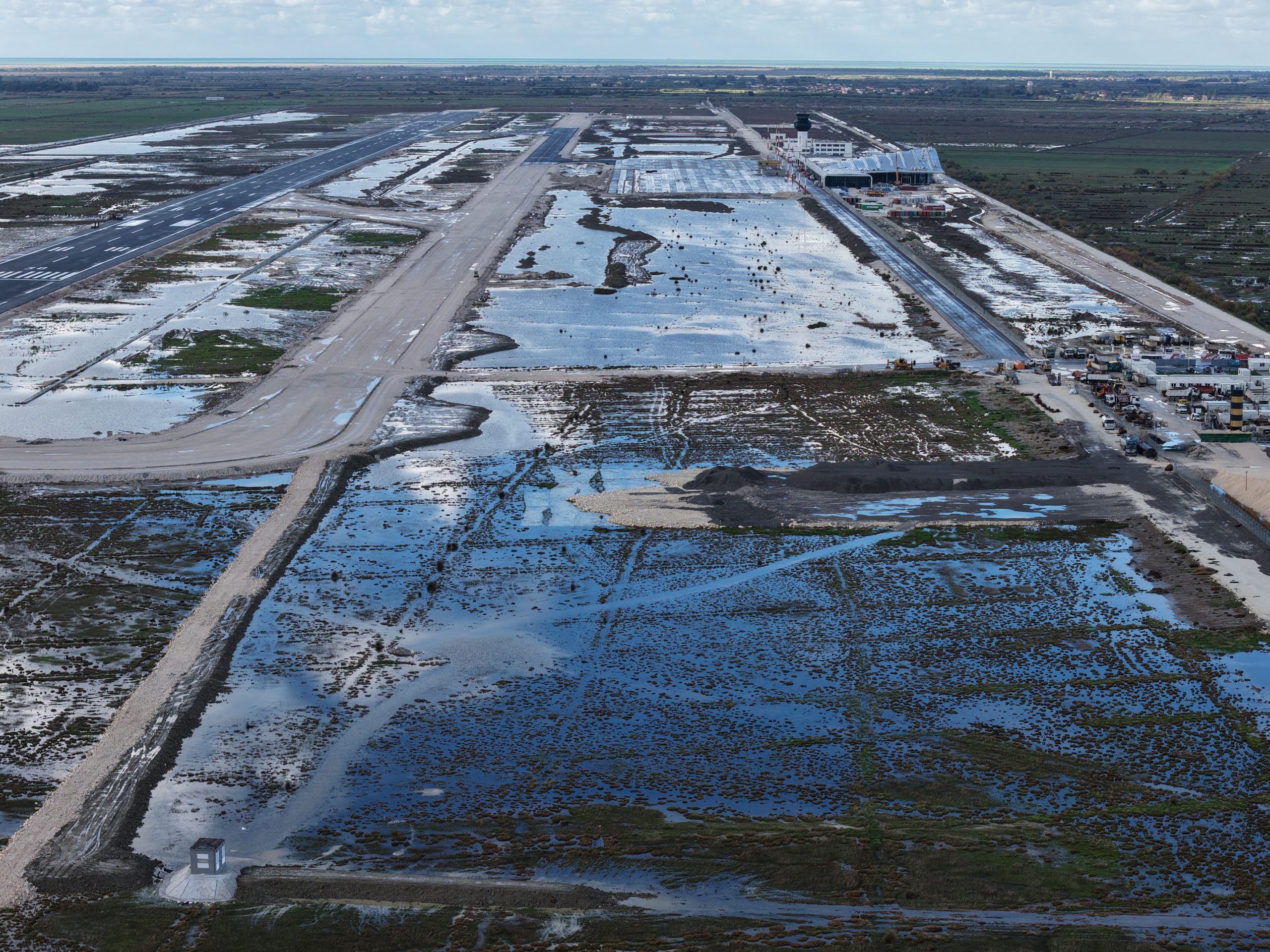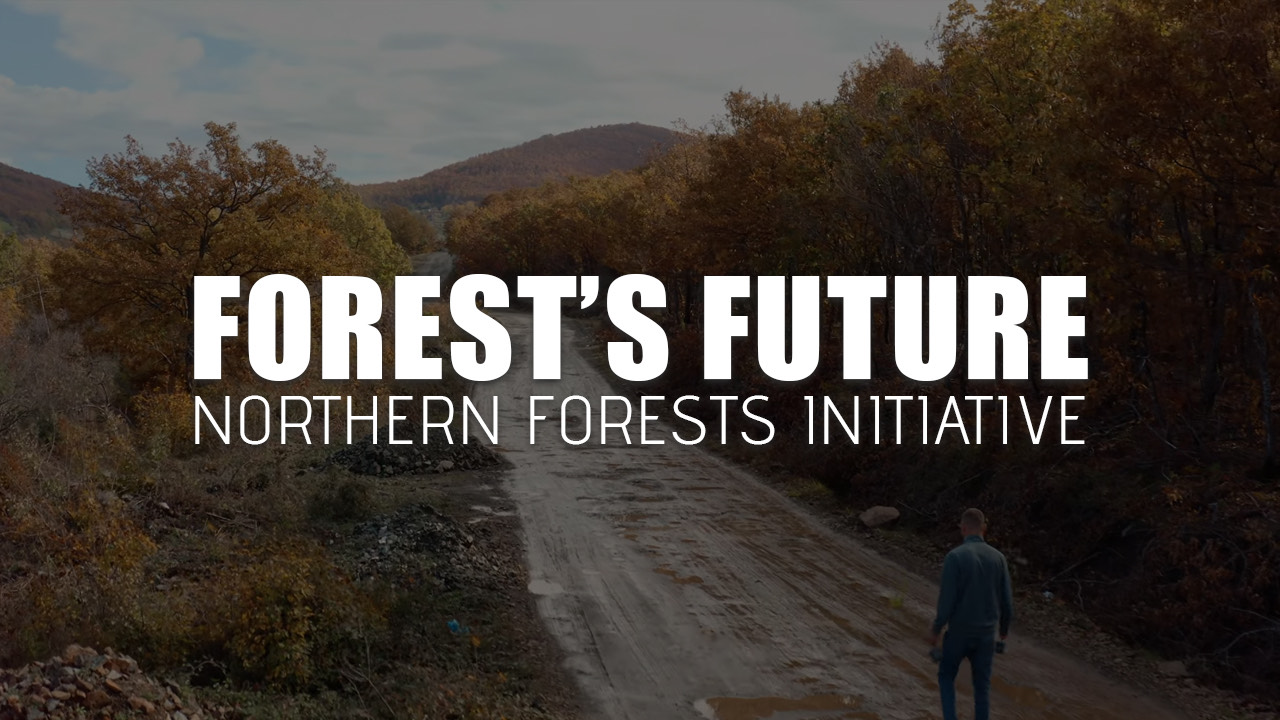The anticipated threat, regarding the changes to the law On Protected areas, has just begun. The government is expected to approve several legislative acts enabling the construction, operation, and transmission of renewable energy within “Protected Landscapes”. But the scope extends further: the Council of Ministers has authorized the National Territorial Council (KKT) to approve the construction of urban areas and highways within these protected areas.
The draft acts (totaling ten) have been published in the electronic consultation register to receive public opinion. These acts pertain to a range of natural ecosystems, both aquatic and terrestrial, with the standout being the “Pishë-Poro-Nartë Protected Landscape.”
In the draft decision proclaiming this Landscape, particular attention is given on permitted activities outlined in Article 5, including agritourism accommodation structures, camping facilities, renewable energy installations, and the establishment of fish breeding centers. Additionally, the decision, with the approval of the National Territorial Council (KKT), sets the stage for the potential construction of highways and urban areas, similar to how KKT facilitated airport construction three years ago.
The situation appears increasingly precarious. Permissions for the mentioned activities and similar ones are being granted at a time when zoning regulations have been revoked. The proposed decision overturns the 2022 act, which previously included zoning and various management categories providing protections. The sub-core zone, situated in the western region and covering the entire coastal area, held the highest natural heritage status with the strictest protections. In contrast, the new project treats the Landscape as a unified entity without differentiation. Protection levels have been reduced to three, while the scope of permitted activities has expanded.
In the prepared report, officials from the Ministry of Tourism and Environment admit that the extensive allowance of activities within “Protected Landscapes” directly stems from intensive economic and tourist development in recent years.
With just two days left until the consultation period ends, despite significant objections from nature conservation organizations and groups, chances for any changes remain dim. The legislation aimed at protecting these areas has lost its direction, prioritizing development and resource exploitation rather than conservation.
The draft decision foresees the development of the Management Plan by the National Agency of Protected Areas (NAPA), two years after approval. However, without zoning and with the Council of Ministers now responsible for determining permitted economic activities, this clause diminishes NAPA’s role, shifting expertise to bureaucrats within the Council of Ministers.
The process of transforming wild natural areas into intensive development territories started before the recent changes in the law on protected areas.
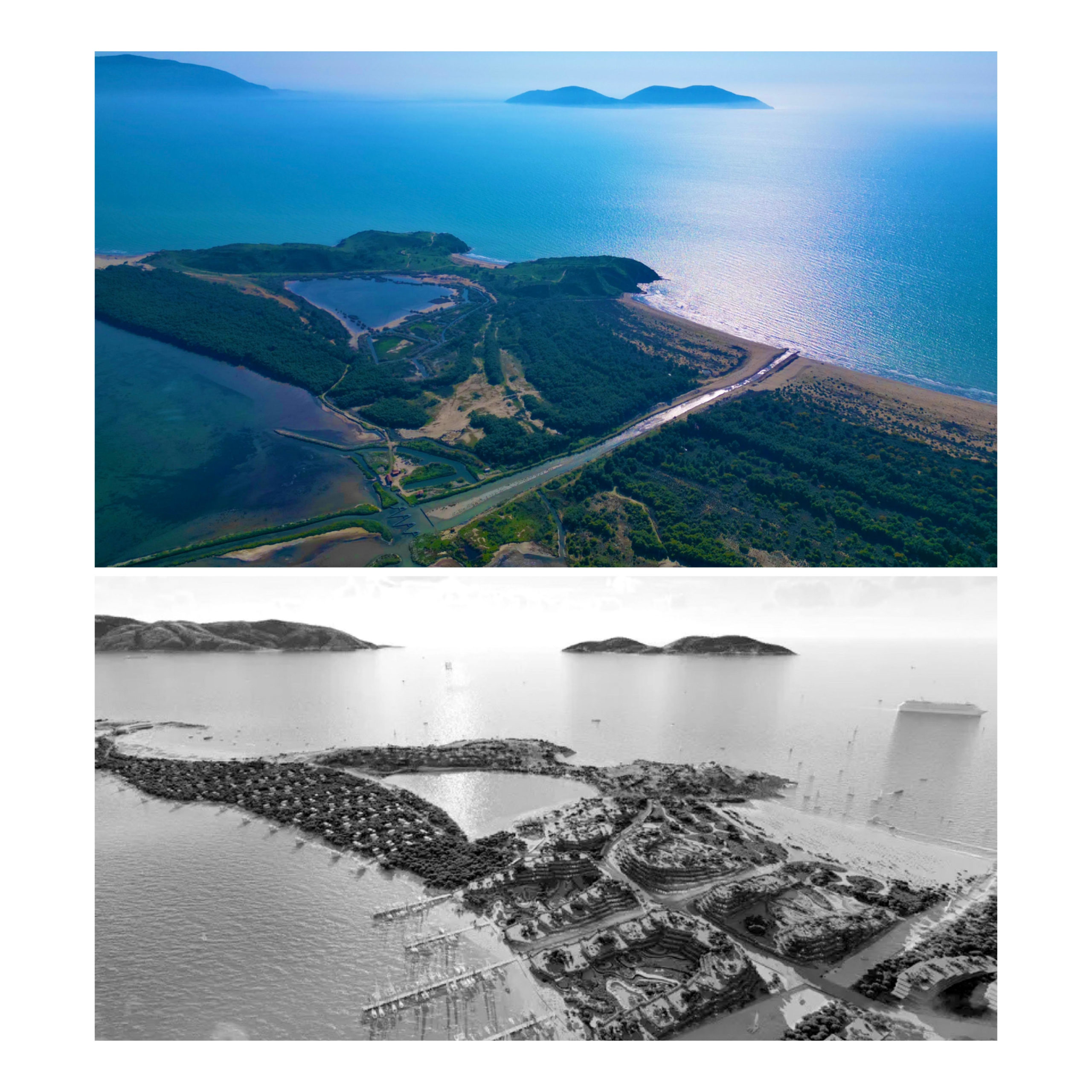
Let’s analyse over the past 1 year.
Last week, the Ministry of Infrastructure and Energy (MIE) announced the results of the hybrid auction for installing photovoltaic panels (for electricity production through solar energy) on agricultural land, with an installation capacity of 300 MW. As expected, the demands from both national and foreign companies exceeded this capacity. In response, the government has promised to hold additional auctions soon.
The initiative to make agricultural land available for the installation of metal photovoltaic structures was enabled by an action taken last summer, which went largely unnoticed by the public. This action involved amending the law “On the Protection of Agricultural Land,” where two terms were combined into one, creating a new term: “agrophotovoltaic.” This term signifies that agricultural activities can now be combined with the production and transmission of electricity from renewable sources. For the first time, farmers can see themselves not only as agricultural producers but also as investors in electricity production.
If we examine the law, in combination with the respective EIA announced last month, we find that the lands permitted for agro-photovoltaic activity must have a high credit rating of 7, 8, or up to 10, indicating low productivity for fruits, vegetables, or forage. However, such lands, often deemed unproductive, are found within protected water landscapes, such as wetlands. Studies have shown that Albania’s Western lowlands, where these landscapes are located (e.g., Pishë-Poro-Nartë, Karavasta, Fllaka, Rrushkull), receive a high degree of solar radiation, aligning perfectly with these geospatial coordinates.
Under this dynamic, within one year, the installation capacity from renewable energy sources has reached 523 MW, slightly surpassing the production capacity of the Fierza hydropower plant, which took ten years to build. However, the European Bank for Reconstruction and Development (BERZH) still demands more, advocating for diversification. The Swiss Embassy, through SECO (State Secretariat for Economic Affairs), has promised financial support for the process. The government has long declared its ambition to transition from a hydrological portfolio to solar and wind energy. The Ministry of Infrastructure and Energy (MIE) has a clear strategy to increase capacity to 1 GW in the coming years. “Energy is the weapon,” asserted Deputy Prime Minister Balluku during her speech to the winners of the 300 MW auction.
But does this weapon pose a threat to the degradation of Protected areas?
Recent legal changes do not provide adequate guarantees. Draft decisions published on the public consultation page offer interest groups and nature conservation organizations an opportunity to oppose them. They can reject arbitrary proposals (despite claims that public consultations have been conducted—the last one was four years ago(!)), which are not based on an assessment of the existing state of biodiversity but on the arbitrary objectives of irresponsible officials. These officials claim the need to increase energy capacities, promoting it as a future paradise for Albanian people.
A bad law can be replaced, and a court can overturn a decision that damages the country’s resources. However, the damage caused on the ground by such decisions from the authorities is often irreversible.
Transforming acts meant for nature protection into development acts must be banned. The facade portraying Albania as a success story in photovoltaic panel auctions conceals investors’ greed to turn even wild natural habitats into profit-generating machines, and this deception must be firmly exposed.
Such action requires courage and perseverance.
Author: Artan Rama | Citizens.al
